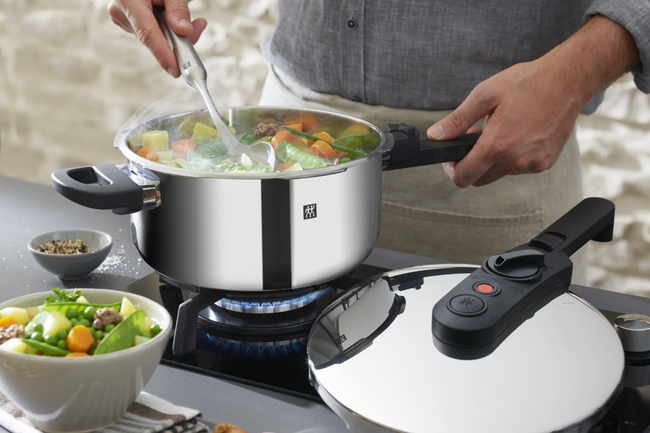There are various reasons for this cooking method: Blanching helps to cook food briefly, making it more tender, intensifying its colour and reducing unwanted enzyme activity. Secondly, quenching in ice water stops the cooking process. This allows your food to retain its freshness, texture and nutrients better.
But why go to all this trouble? There are many good reasons for the "ups and downs" of blanching:
- Fresh colour: Blanched vegetables retain their vibrant colour. It's very chic for the arranged plate!
- Crunchy texture: Thanks to the short blanching process, the bite of the vegetables remains firm. This makes for a great eating experience for all the senses. What's more, blanched food is easier to digest.
- Preservation of ingredients: Valuable nutrients and vitamins are preserved as the vegetables are only heated briefly.
- Blanching is particularly useful when food is prepared for other cooking types, such as freezing, preserving or as preparation for canning.













